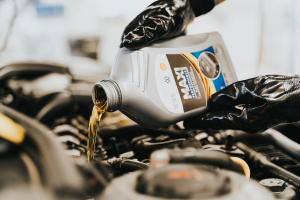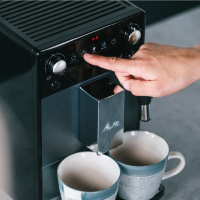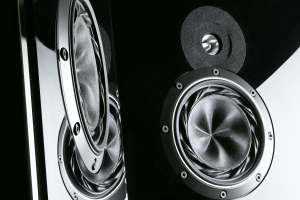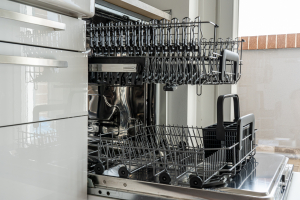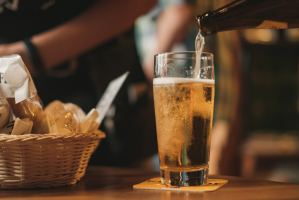Top 10 Best German Foods
German cuisine is rich, hearty, and varied. It's comfort food made with high-quality, frequently local ingredients. Germany's cuisine has been influenced not ... read more...only by the country's agricultural traditions, but also by the numerous immigrants who have settled in the country over the centuries. It's more than just a beer, sauerkraut, and sausage concoction. Germans nowadays value well-prepared, well-served meals just as much as a quick bite on the go. Food markets, beer gardens, wine festivals, food museums, and high-end restaurants abound in this country. Check out the list of the traditional German dishes to try on your next trip to Germany.
-
This tasty dish of meatballs in a creamy white sauce with capers, named after the former East Prussian capital of Königsberg (now Kaliningrad in Russia), is loved by grandmothers and chefs alike.
Minced veal, onion, eggs, anchovies, pepper, and other spices are used to make the meatballs. The capers and lemon juice in the sauce give this filling comfort food an unexpectedly elegant finish.
To avoid any reference to the dish's namesake, which had been annexed by the Soviet Union, officials in the German Democratic Republic renamed it kochklopse (boiled meatballs). königsberger klopse can now be found in most German restaurants under their traditional name, but they are especially popular in Berlin and Brandenburg.
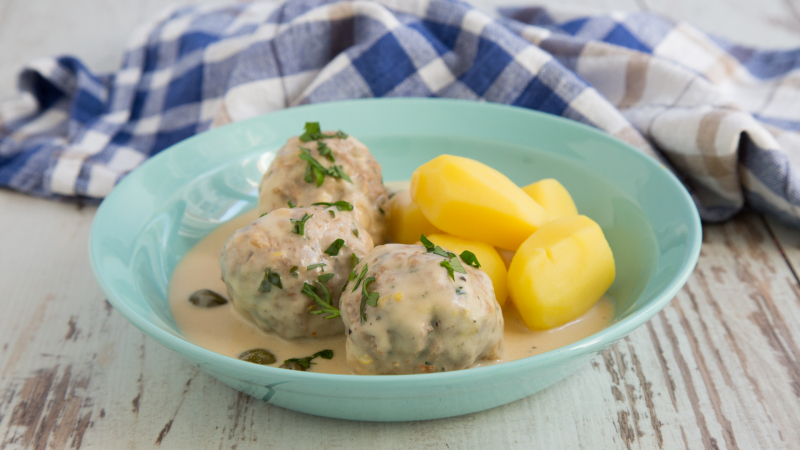
http://www.yumtamtam.de/ 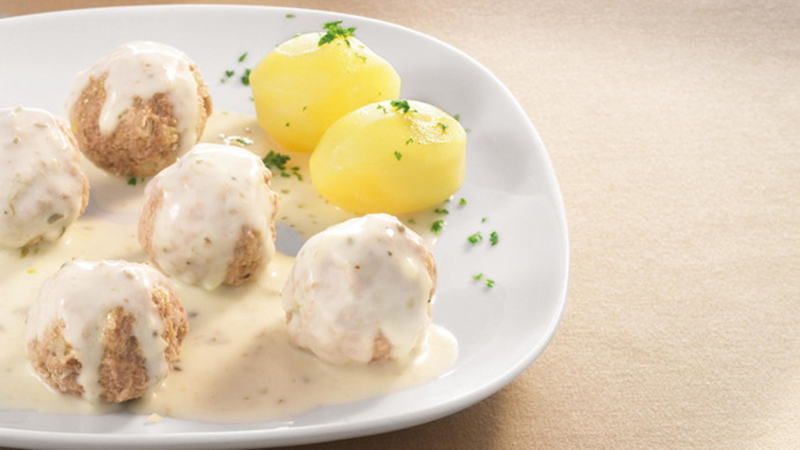
https://www.t-online.de/leben -
Swabia's Maultaschen are similar to ravioli but larger. They are typically palm-sized, square pockets of dough with a variety of fillings ranging from savory to sweet, meaty to vegetarian.
Minced meat, bread crumbs, onions, and spinach, all seasoned with salt, pepper, and parsley, are a traditional combination. For a tender, creamier treat, they're often simmered and served with broth instead of sauce, but they can also be pan-fried and buttered for added richness.
Maultaschen are now found all over Germany (even frozen in supermarkets), but they are most popular in the south.
The delicious dumplings have become so popular in this region that the European Union designated Maultaschen as a regional specialty and a significant part of Baden-cultural Württemberg's heritage in 2009.
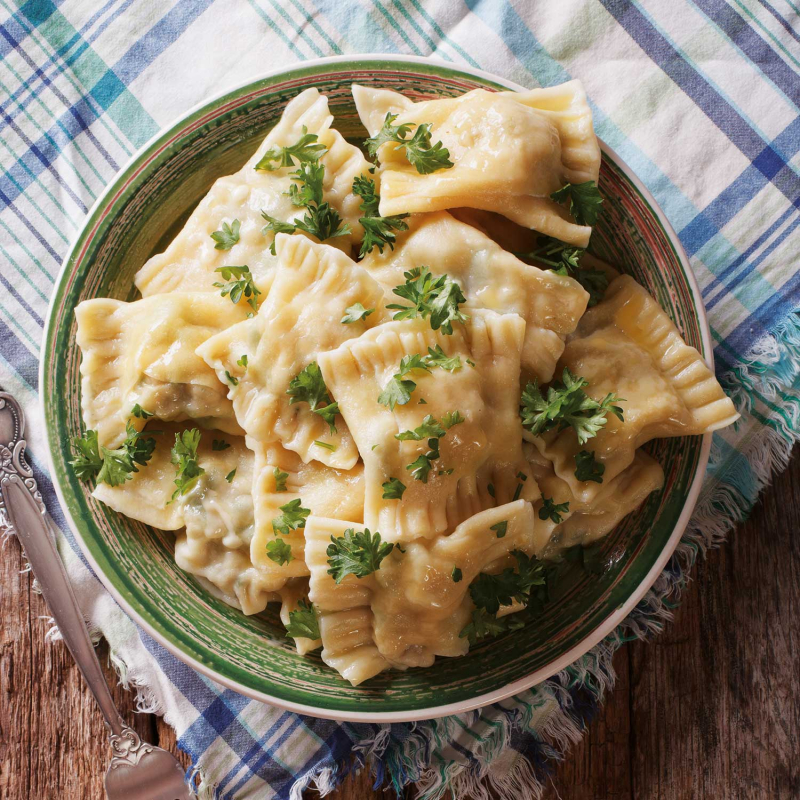
https://carneo-online.de/recipes/maultaschen/ 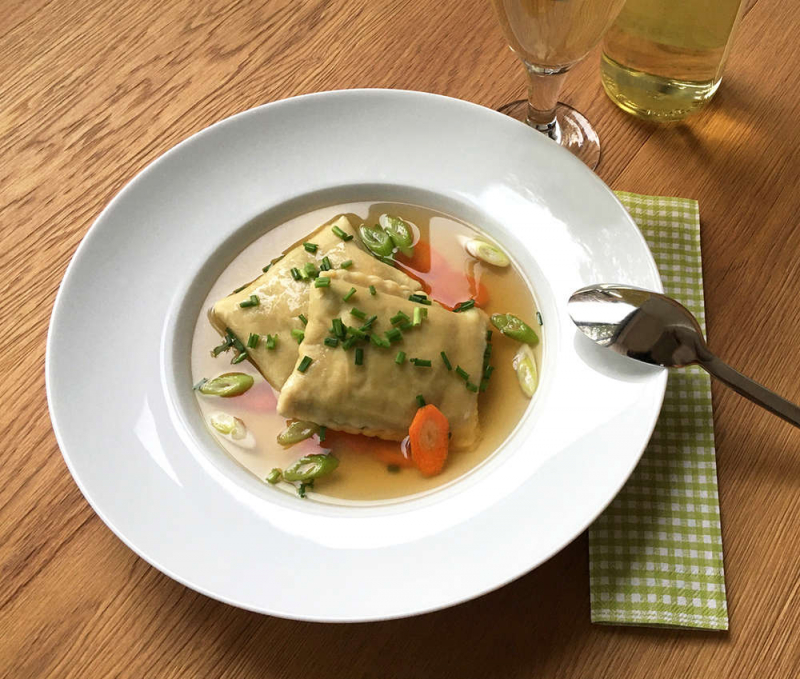
https://www.loewen-versand.de/Schwaebische-Maultaschen -
Labskaus isn't the most visually appealing dish, but it's a delectable mash-up that captures the northern German seafaring traditions like no other. Ship provisions were mostly preserved fare in the 18th and 19th centuries, and the pink slop of labskaus was a delicious way of preparing them.
Pickled gherkins and rollmops are served alongside salted beef, onions, potatoes, and pickled beetroot mashed up like porridge (see below). Sailors from the Baltic and North Sea have long favored it.
The dish is now popular throughout northern Germany, particularly in Bremen, Kiel, and Hamburg. Even though modern ships have refrigerators, it is still used as a hangover cure.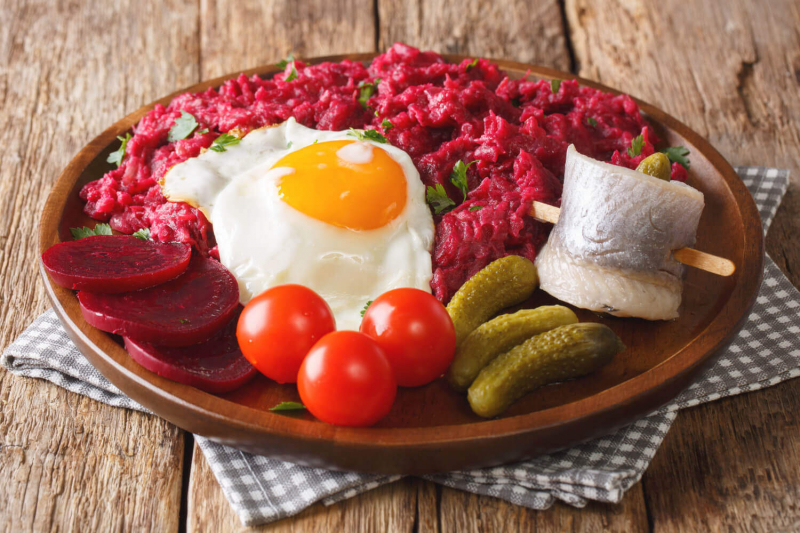
https://essenrezept.de/tag/labskaus-rezept/ 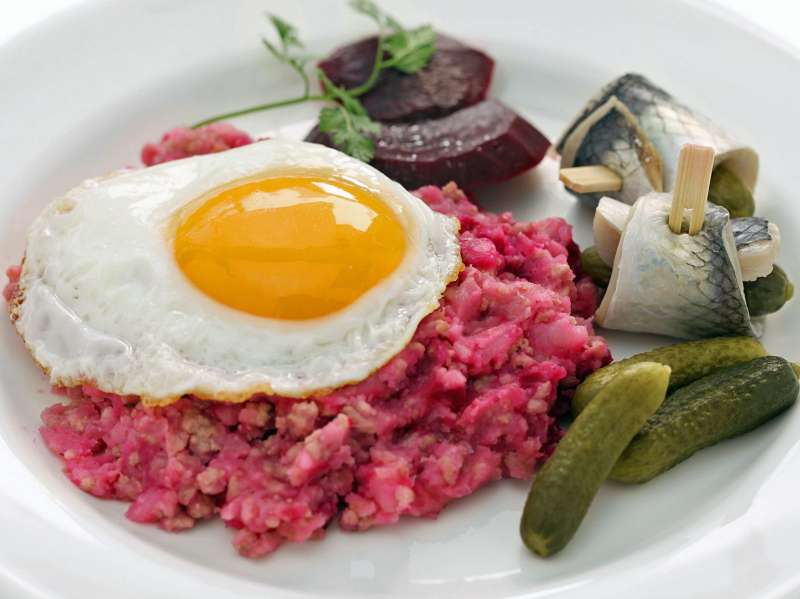
https://www.liebenswert-magazin.de -
There is no such thing as a Germany without sausages. There are countless cured, smoked, and other varieties available across wurst-loving Germany, so for this list, we'll focus on bratwurst, or fried sausages, which are some of the best German street food.
German bratwurst comes in over 40 different varieties. Fried on the grill or in a pan, then served in a white bread roll with mustard on the side, or with potato salad or sauerkraut as a perfect accompaniment to German beer.
Some of the most popular bratwurst are:
-- Fränkische bratwurst from Fraconia with marjoram as a characteristic ingredient.
-- Nürnberger rostbratwurst that is small in size and mostly comes from the grill.
-- Thüringer rostbratwurst from Thuringia, which is quite spicy. Thuringia is also the home of the first German bratwurst museum, which opened in 2006.The most popular incarnation of bratwurst, however, is the next item on our list.
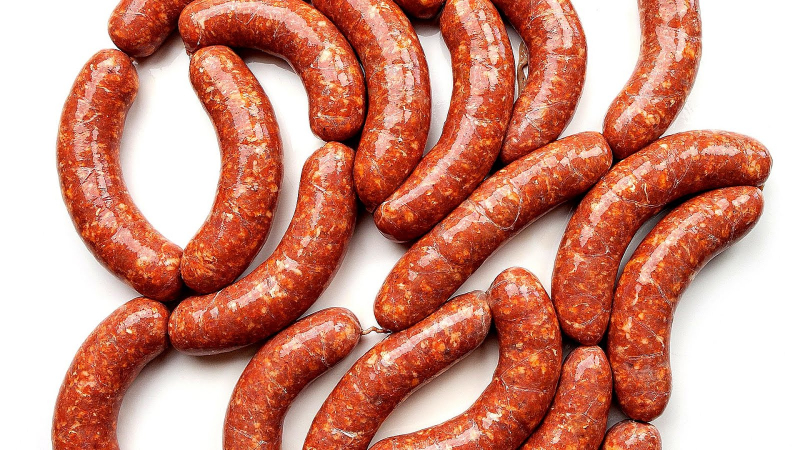
https://germanchoices.blogspot.com/ 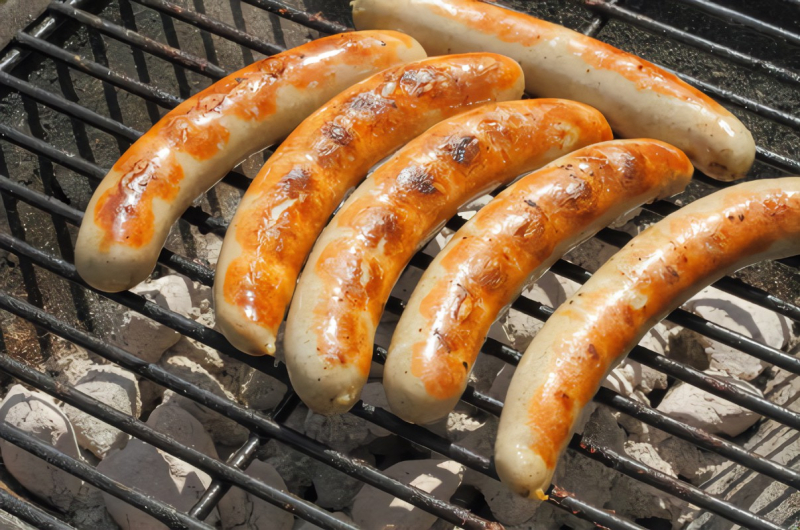
https://www.zachspice.com/ -
Currywurst is credited to Herta Heuwer, a Berlin woman who obtained ketchup and curry powder from British soldiers in 1949, mixed them together, and served the result over grilled sausage, instantly creating a German street food classic.
Currywurst is still one of Germany's most popular sausage-based street foods, especially in Berlin, Cologne, and the Rhine-Ruhr, where it's served with chips and ketchup or mayonnaise or a bread roll. Not the most sophisticated of dishes, but a filling street snack born out of necessity that has enraged the entire German population: 800 million are consumed each year.
Now Currywurst is commonly served with french fries or bread rolls (Brötchen) as a take-out/take-away food, Schnellimbisse (snack stands), at diners or "greasy spoons," on children's menus in restaurants, or as a street food. It is popular throughout Germany, but particularly in the cities of Berlin, Hamburg, and the Ruhr Area. Between these areas, there is a lot of variation in both the type of sausage used and the sauce ingredients. Paprika or chopped onions are common additions, and halal food stands frequently serve currywurst with beef sausage. Currywurst is frequently sold in food booths, sometimes sliced into pieces with a special machine and served on a paper plate with a small wooden or plastic fork.
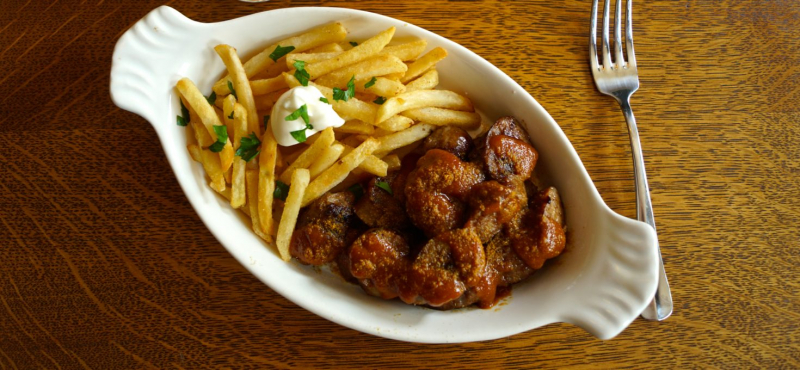
https://themastiffskitchen.com/german-currywurst/ 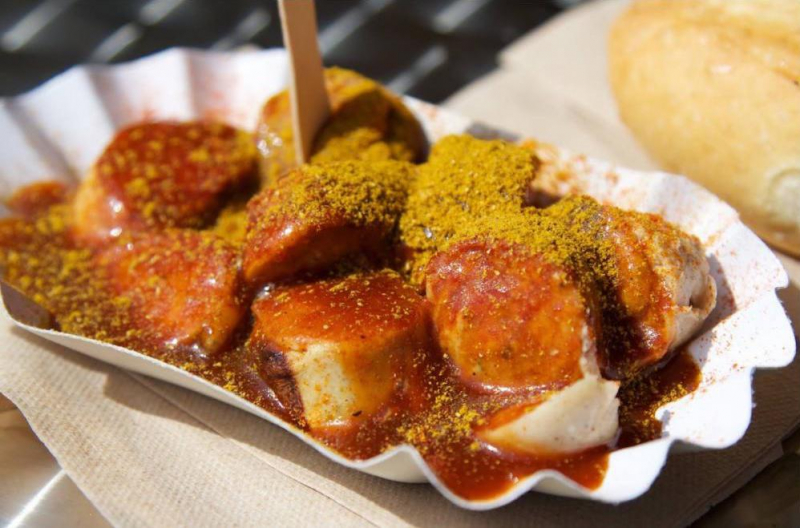
https://abbeylink.wordpress.com/ -
Turkish immigrant workers who arrived in Germany in the 1960s and 1970s brought Döner kebab with them. Kadir Nurman, one of the first street vendors, began selling döner kebab sandwiches at West Berlin's Zoo Station in 1972, and the dish quickly spread throughout West and East Berlin, as well as the rest of Germany.
From its humble Berlin beginnings, when a döner kebab only contained meat, onions, and a small amount of salad, it has evolved into a dish with plenty of salad, vegetables (often grilled), and a variety of sauces to choose from.
Spits of veal and chicken, as well as the ever-popular lamb, are widely used, with vegetarian and vegan versions becoming increasingly popular.While the classic Döner as a filled flatbread sandwich is the most popular, there are also Dürüm and Yufka variants in rolled pita bread. The shaved Döner meat and vegetables can also be served on a plate with rice or French fries as a proper main course.
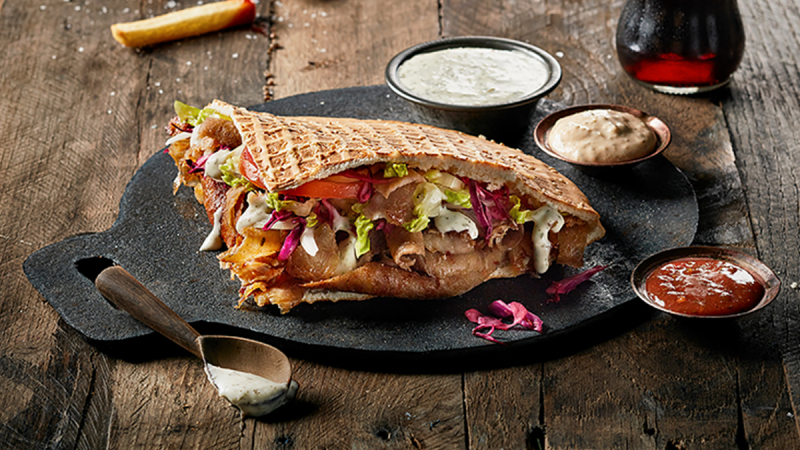
https://the-yorkshireman.com// 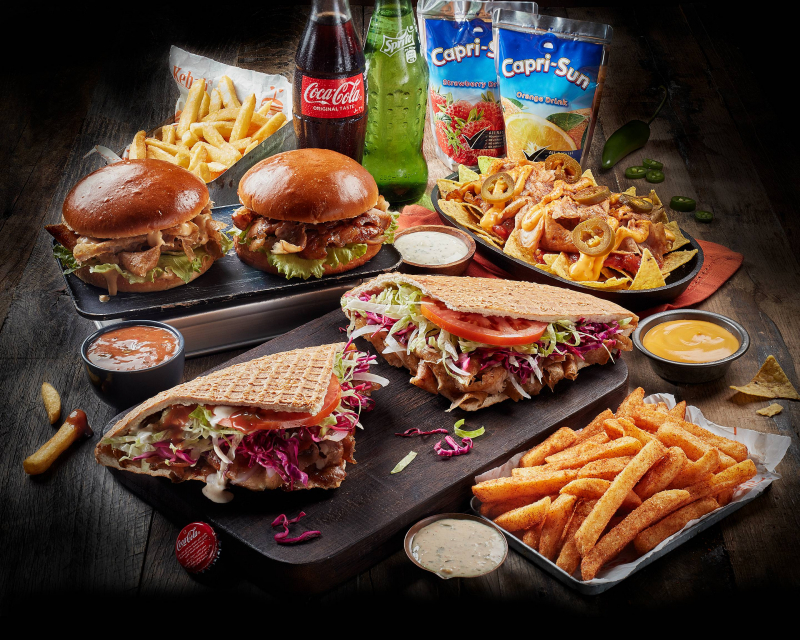
https://www.ubereats.com/ -
Some may argue that schnitzel is an Austrian dish rather than a German one, but it has Italian origins.
However, the controversy hasn't stopped breaded and fried meat cutlets from becoming popular across Germany. While the Austrian or Vienna schnitzel must be made with veal by law, the German version is made with tenderized pork or turkey and is a popular dish in most traditional restaurants.Unlike Vienna schnitzel, which is served plain, Germans enjoy schnitzel with a variety of sauces. Jägerschnitzel has mushroom sauce, zigeunerschnitzel has bell pepper sauce, and rahmschnitzel has a creamy sauce. All of these dishes pair well with fried potatoes and a cold lager or a German apple wine.
Schnitzel is usually served with Spätzle and gravy, Pommes (fries), or Schwäbischer Kartoffelsalat (the best German vinegar-based potato salad). It's usually served with a leafy green salad as well.
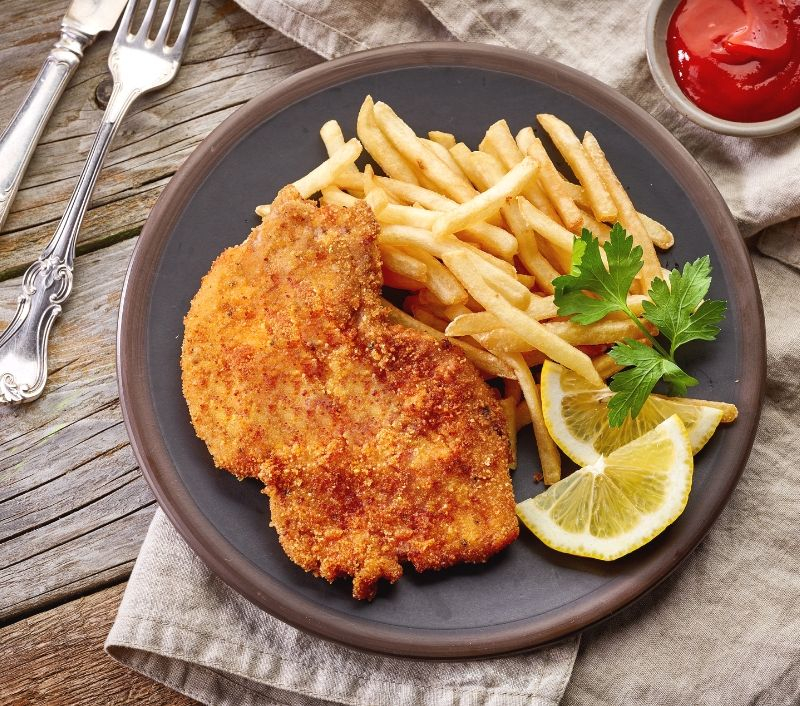
http://nordicfoodliving.com/ 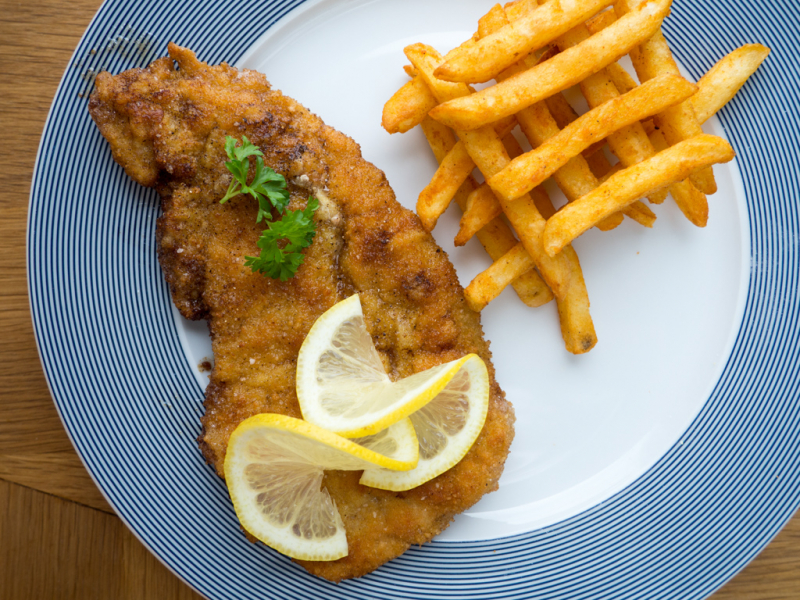
https://alltastesgerman.com/top-8-german-schnitzel-variations/ -
Käsespätzle (German for "cheese spaetzle") is a traditional way of serving homemade German egg noodles. This is a delicious main dish served with a beautiful green salad, layered with Emmentaler cheese, topped with caramelized onions, and baked in the oven. It's like the German version of Macaroni and Cheese, only better!
Spätzle is a German dish that originated in Baden-Württemberg. The noodles, which are essentially a type of pasta, are made from a simple mixture of eggs, flour, salt, and sometimes a splash of fizzy water to fluff up the dough. It can be spiced up by adding cheese and served as a side dish to meat dishes or dropped into soups: the käsespätzle variant is a very popular dish in southern Germany, particularly in Swabia, Bavaria, and the Allgäu region.
Hot spätzle is alternately layered with grated granular cheese before being topped with fried onions. The käsespätzle will be placed in the oven after each layer is added to prevent cooling and ensure cheese melting. Käsespätzle is a popular menu item in summer beer gardens and winter Munich pubs.
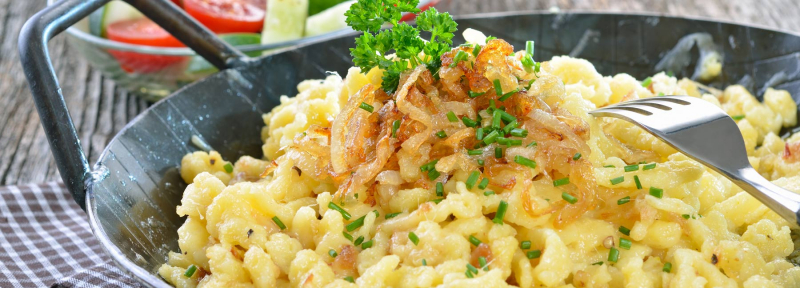
http://greenblast.eu/original-kasspatzen-rezept.php 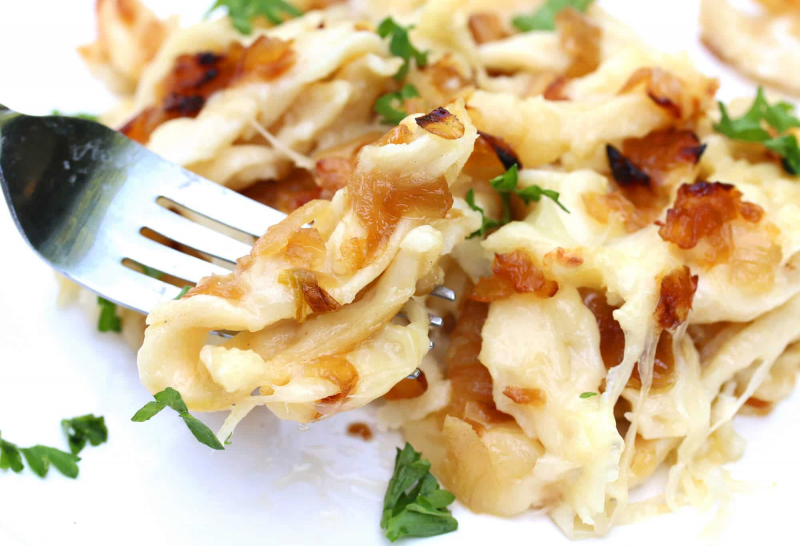
http://www.daringgourmet.com -
Rouladen is a mouthwatering combination of bacon, onions, mustard, and pickles wrapped in sliced beef or veal. The real deal is rinderrouladen (beef rouladen), a popular dish in western Germany and the Rhine region. Vegetarian and other meat options are now widely available, but the real deal is rinderrouladen (beef rouladen).
This is a go-to dish for family dinners and special events. Potato dumplings, mashed potatoes, and pickled red cabbage are typical accompaniments. To finish the dish, a red wine gravy is an absolute must.
Rouladen is actually a traditional German dish that consists of long, thin meat strips slathered in mustard and stuffed with bacon, onions, and pickles. The meat strips are rolled up to enclose the filling, and the roulades are then browned and slow-simmered in a rich gravy.
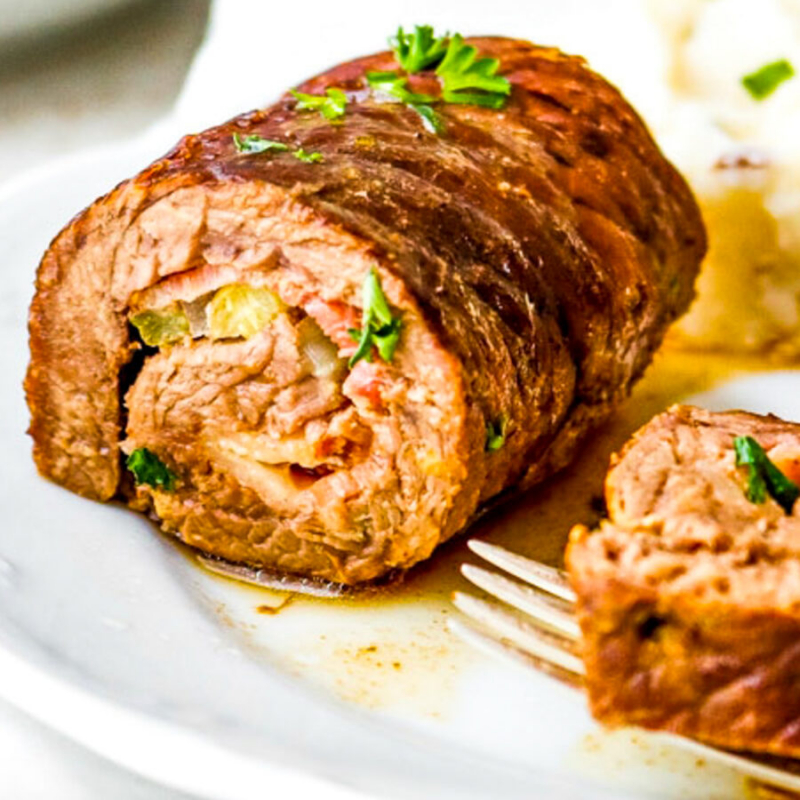
https://livelikeyouarerich.com/ 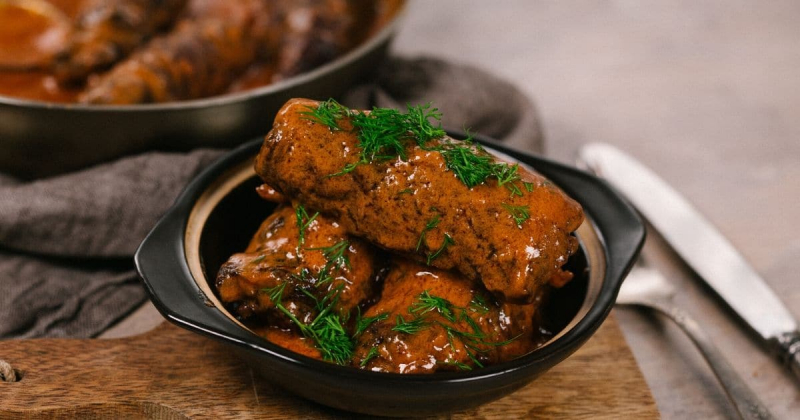
https://www.scrambledchefs.com -
Sauerbraten is considered one of Germany's national dishes, and regional variations can be found in Franconia, Thuringia, Rhineland, Saarland, Silesia, and Swabia. This authentic German Sauerbraten is marinated, cooked until tender, and served with a rich and flavorful sweet-tangy gravy.! Serve it with homemade Rotkohl and potatoes, as well as Knödel or Spätzle, for a memorable meal.
This pot roast takes a long time to make, but the end result, which is often served as a Sunday family dinner, is well worth the effort. Sauerbraten (literally "sour roast") is traditionally made with horse meat, but beef and venison are becoming more popular in recent years.
The meat is marinated in a mixture of red wine vinegar, herbs, and spices for several days before cooking. Sauerbraten is traditionally served with red cabbage, potato dumplings, or boiled potatoes, and is drenched in a dark gravy made with beetroot sugar sauce and rye bread to balance the sourness of the vinegar.
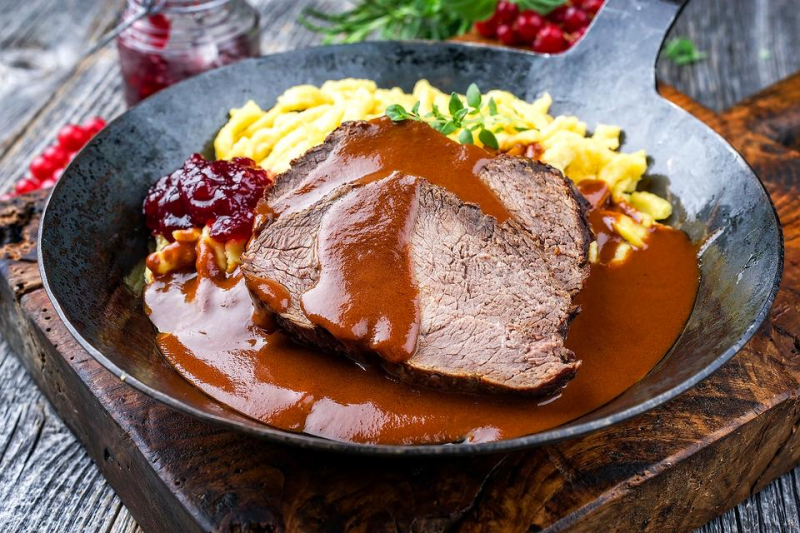
https://30seconds.com 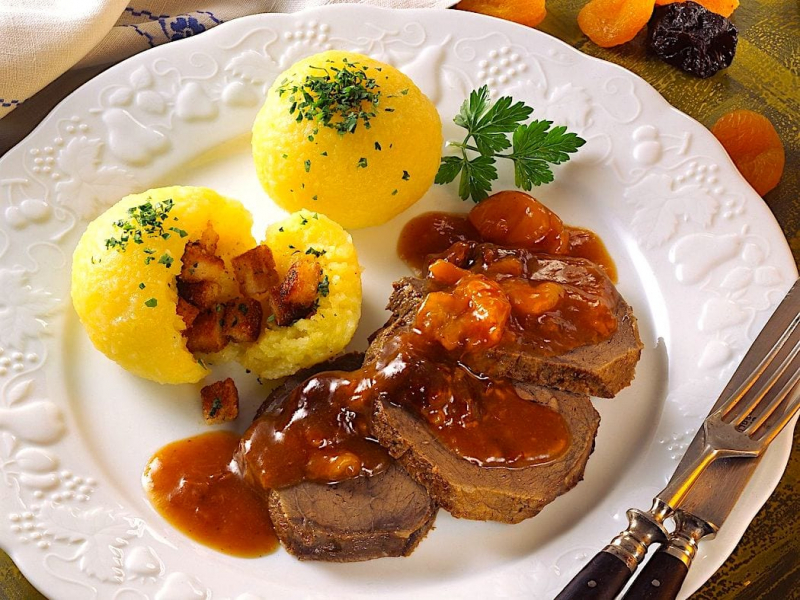
https://www.thefooddictator.com












